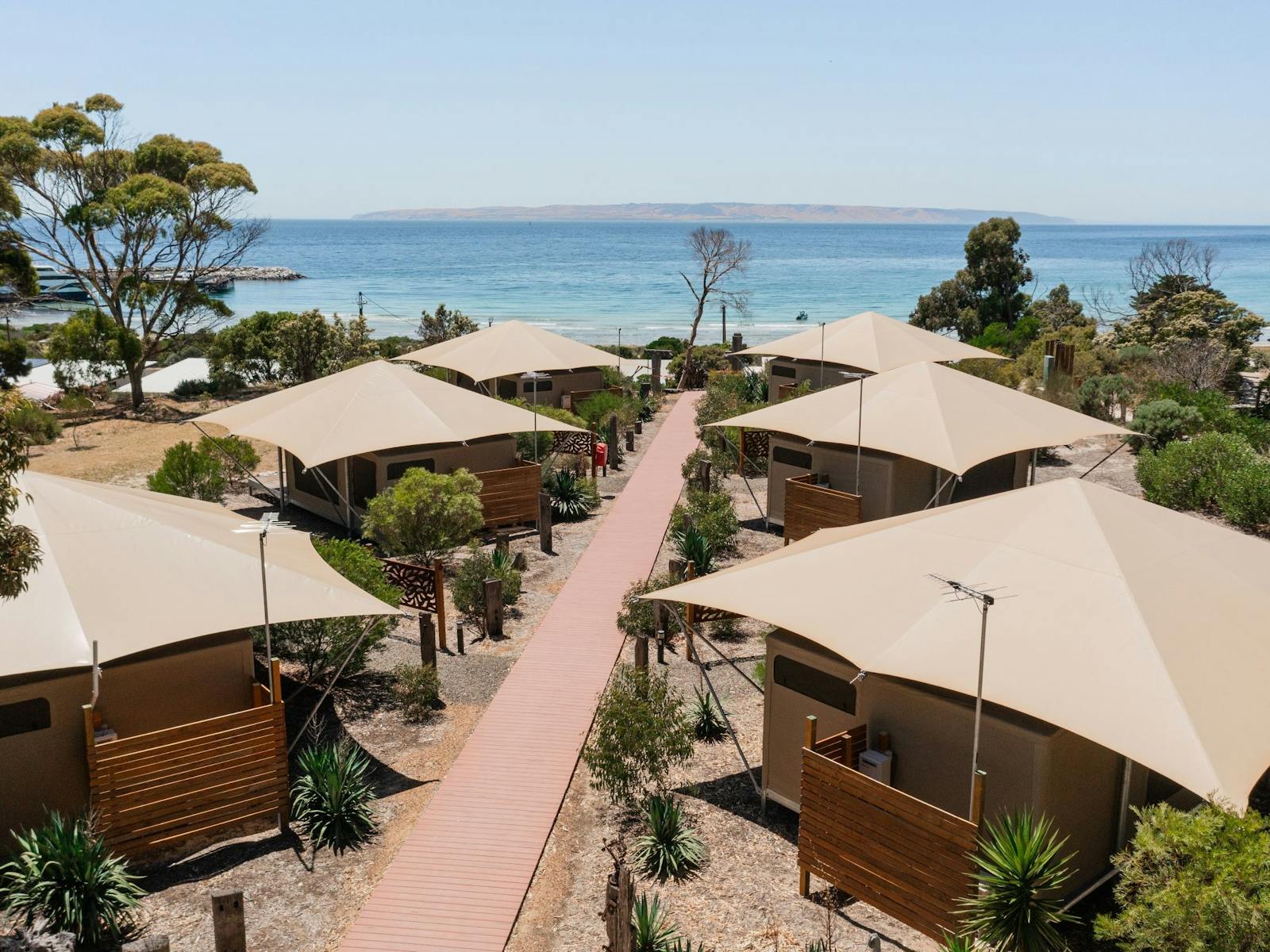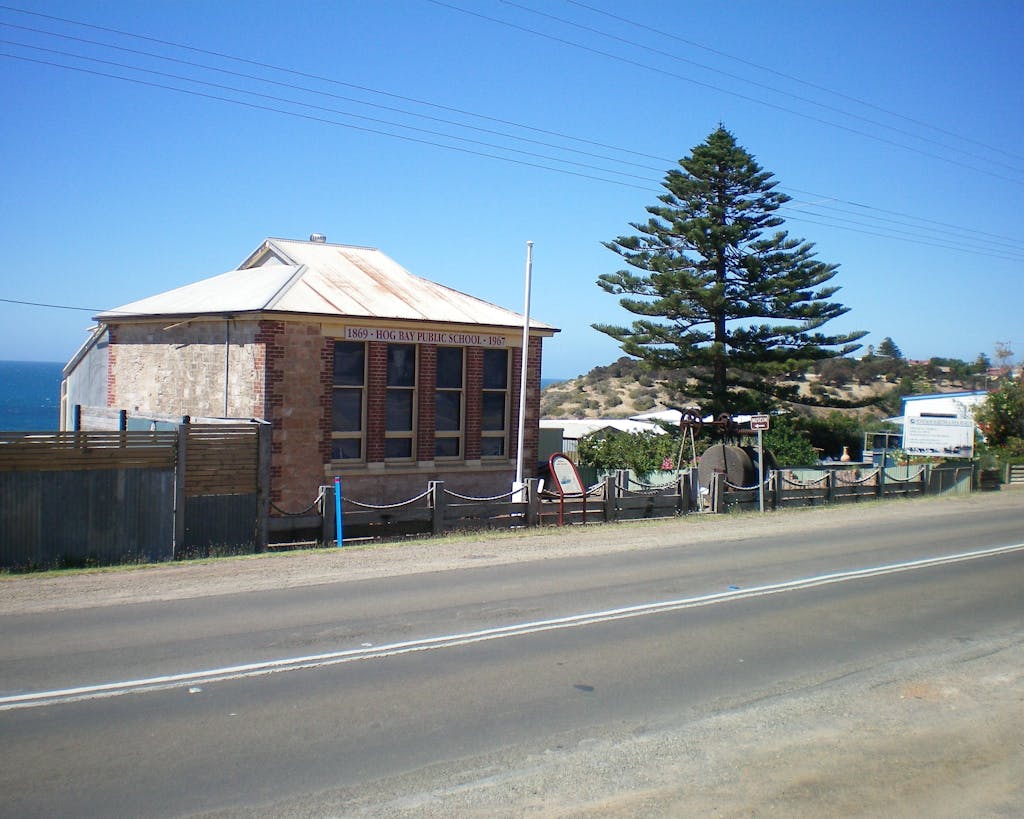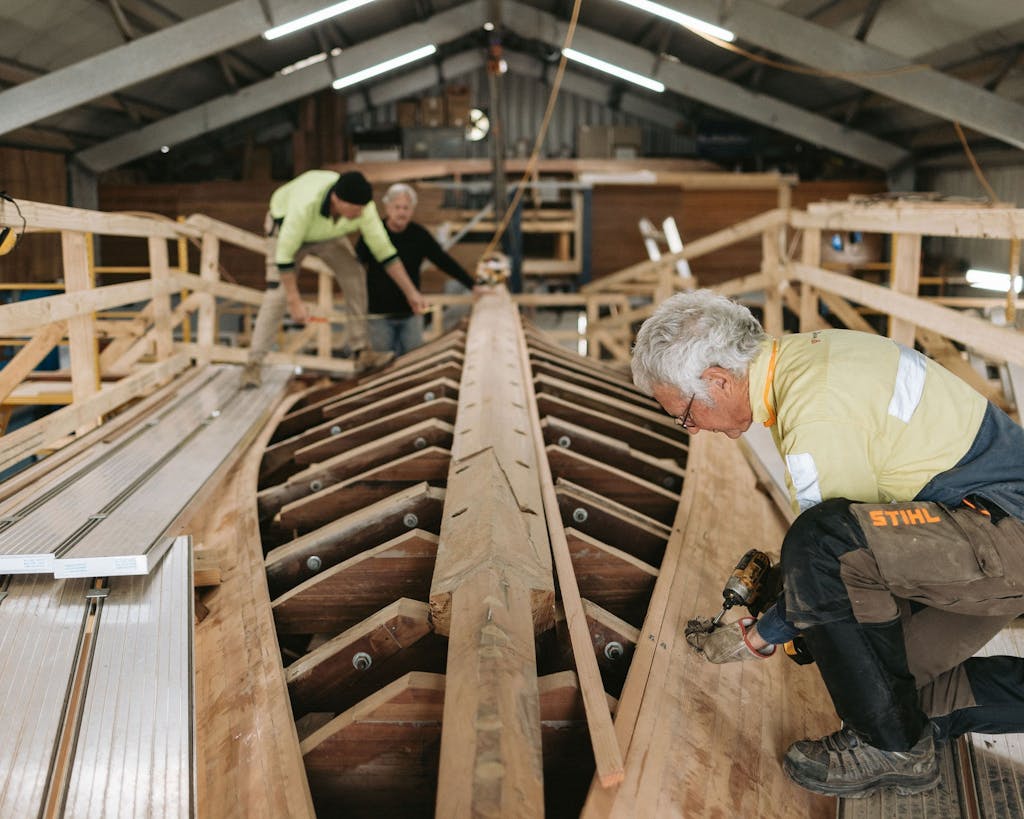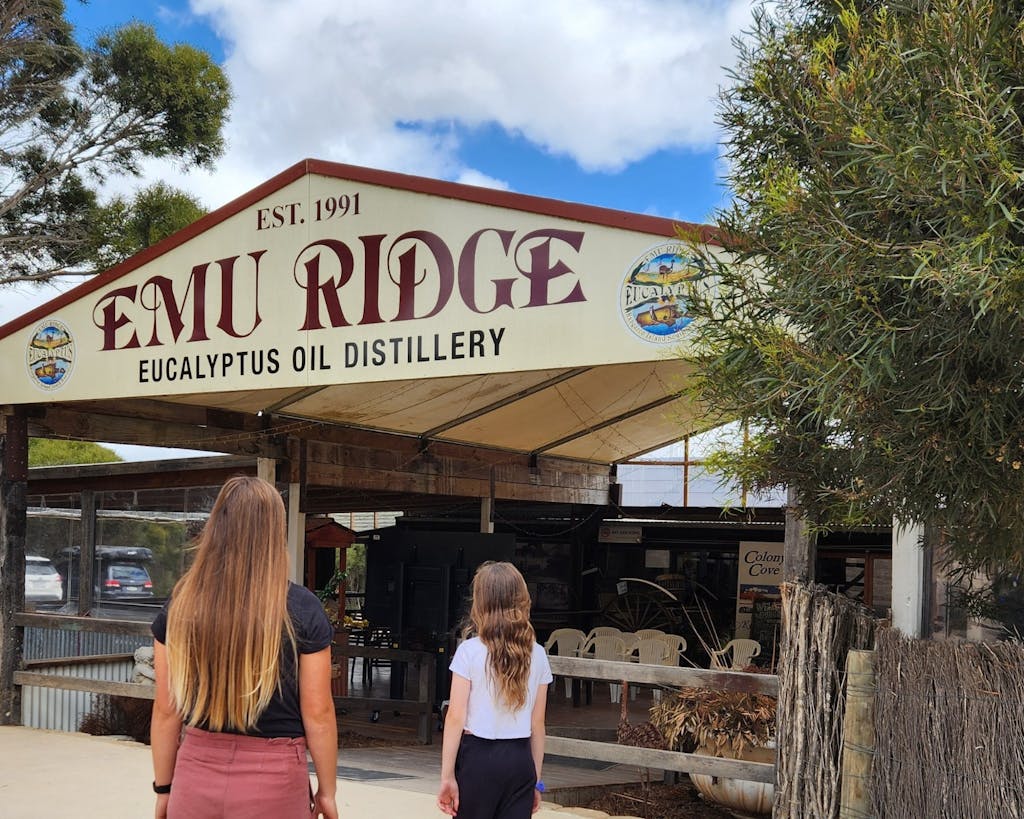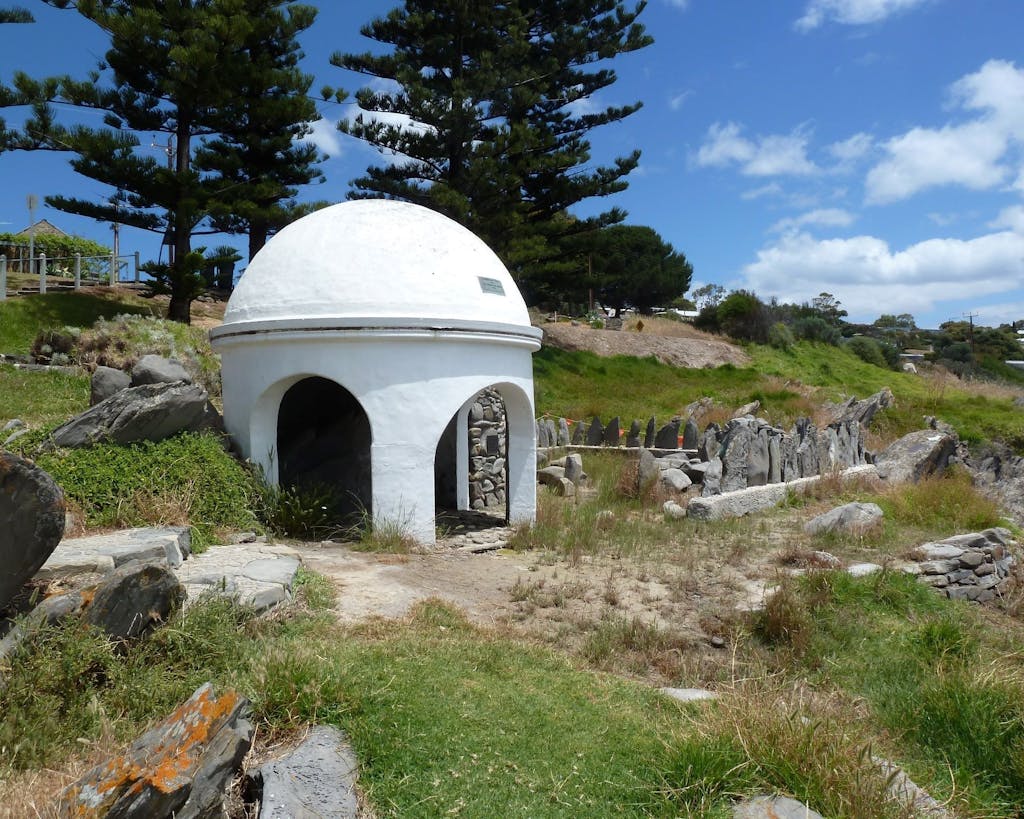The Arrival of the Early Kangaroo Island Settlers
Interested in taking advantage of the rich coastal waters and Kangaroo Island seals, American whaling and sealing vessels arrived. There are stories of sealers and escaped convicts who set up base from 1802 until South Australia was colonised in 1836. The sealers kidnapped several Aboriginal women from Tasmania and South Australia, and held them as prisoners, wives and slaves. They also built the first ship ever to be constructed in South Australia, the schooner Independence.
Kangaroo Island was pivotal to the early foundation of South Australia. The first free settled colony was created here in 1836. However, settlers soon discovered that island living had many challenges, including the lack of a reliable water source. Many settlers relocated to the mainland of South Australia, but a few remained behind in small holdings along the bays and river flats.
Early Farming Activities
Early farmers grew wheat and barley, farmed sheep and cattle, and fished. They also started wool farming on Kangaroo Island and exported small amounts to the mainland. Tough conditions persisted, and as farmers struggled to clear the land they diversified by felling timber, selling possum skins, collecting yacca gum and distilling eucalyptus oil. Soon they began selling kangaroo and wallaby skins on Kangaroo Island. Other industries included salt harvesting and shore-based whaling on Kangaroo Island in the 1800s, with stations in D’Estrees Bay and Hog Bay established by the 1840s.
Soldier Settlers in Kangaroo Island
After World War II, the Australian government set up a Soldier Settlement Scheme to provide war veterans with employment and provided each of them with 1,200 acres to farm as a way to develop the land. Kangaroo Island became the home of the first soldier settlers in 1952. The settlers, returned servicemen who were recovering from the war, arrived with their families and lived in a basic camp at Parndana, working hard and long hours. By 1964, all settlers occupied their new farms. What was once considered unworkable land due to a lack of population and rising costs now became economically viable, and encouraging results began to appear.
Kangaroo Island Population Growth Until the 1960s
When Kangaroo Island was first settled, the population grew extremely slowly. Once the Soldier Settlement Scheme began, the population doubled to almost 3,000 people from 1948 to 1954. The town of Parndana became a hub for the farming community and by 1962, all the blocks had been cleared and 174 farms were allocated.
Today, Kangaroo Island is home to a population of 5,000 people. The results of the Soldier Settlement Scheme are evident within the close-knit Kangaroo Island community, through the bonds between the islanders and family friendships that are still alive. Currently, about 20 farms are still run by descendants of the original families.
Kangaroo Island Lighthouses and Shipwrecks
More than 50 shipwrecks have occurred around the island since the first settlers arrived in 1836. This led to establishment of the first lighthouse at Cape Willoughby in 1852. Six years later, a unique square-shaped lighthouse was built at Cape Borda in 1858, perched on top of some 30-metre-high cliffs in Flinders Chase National Park. Lighthouses in Cape St Albans and Cape du Couedic followed between 1906 and 1909.








